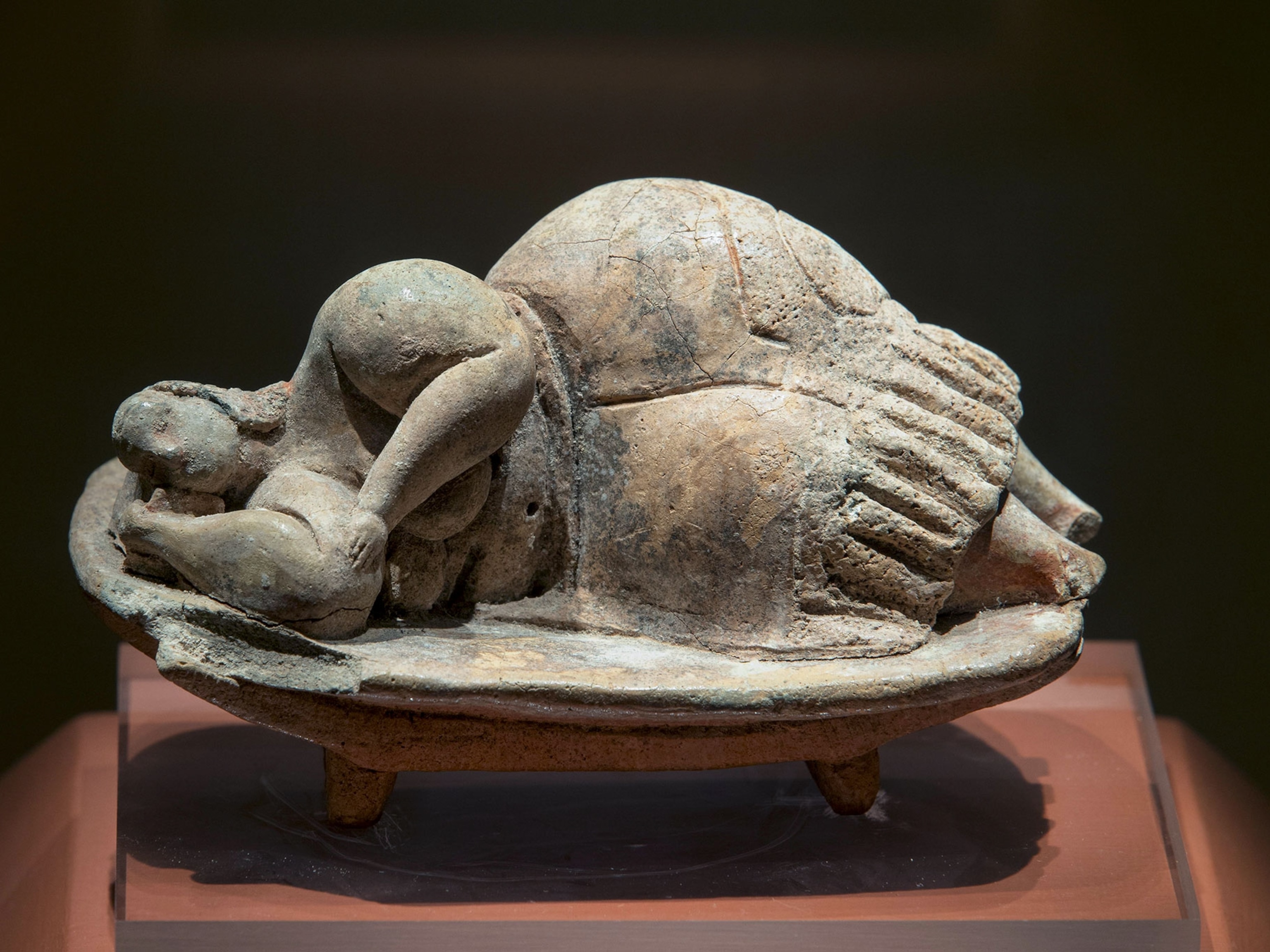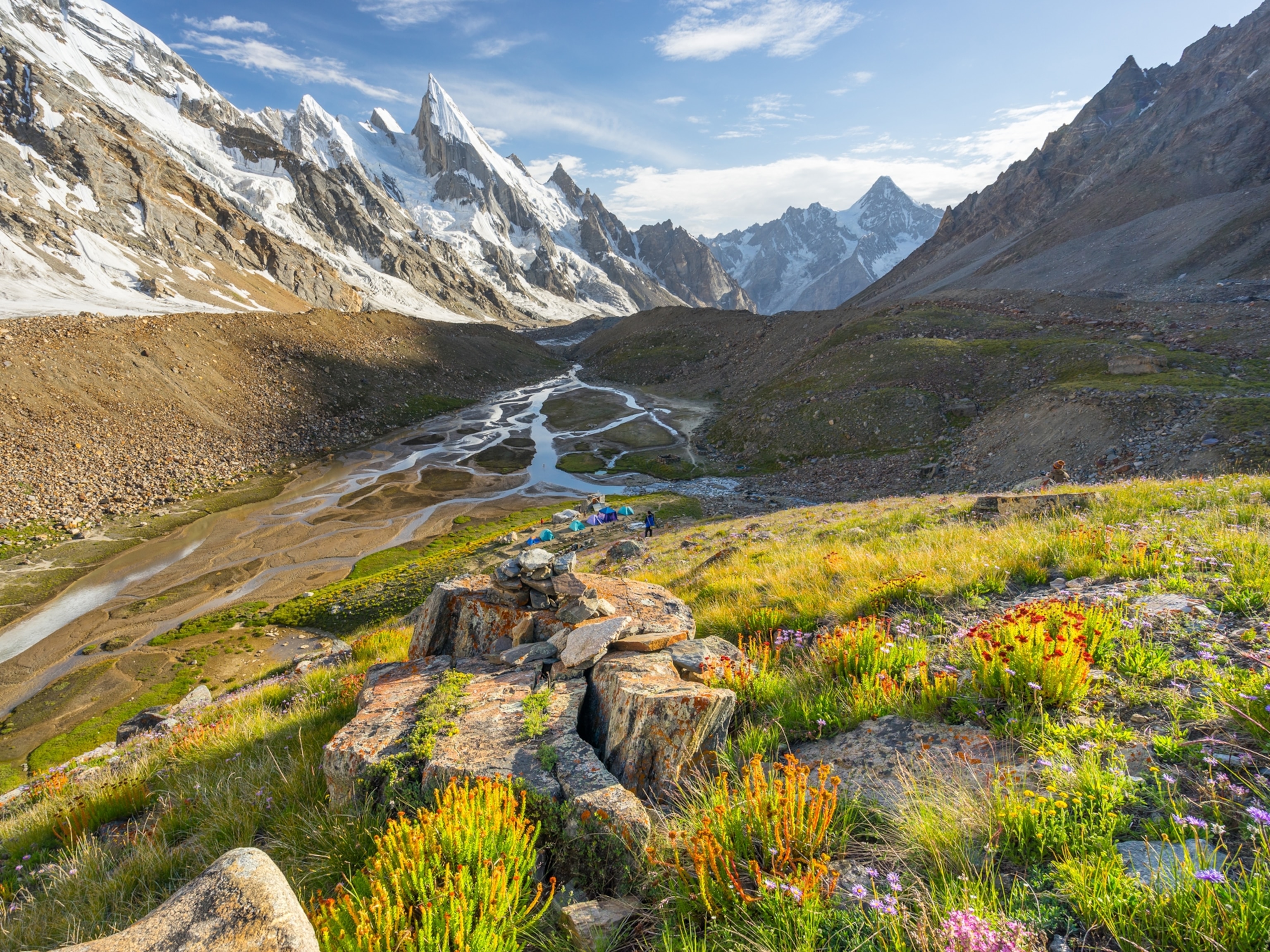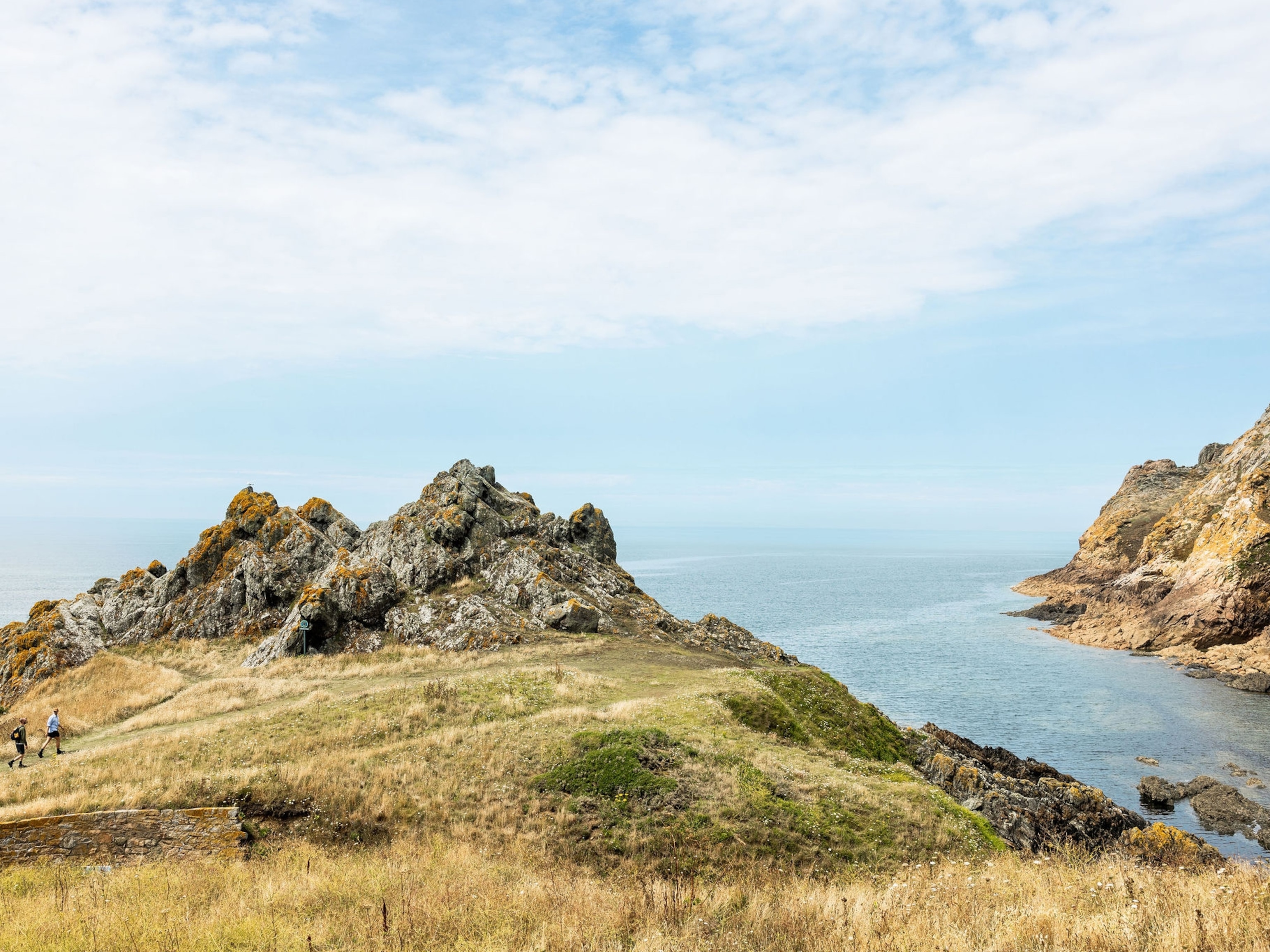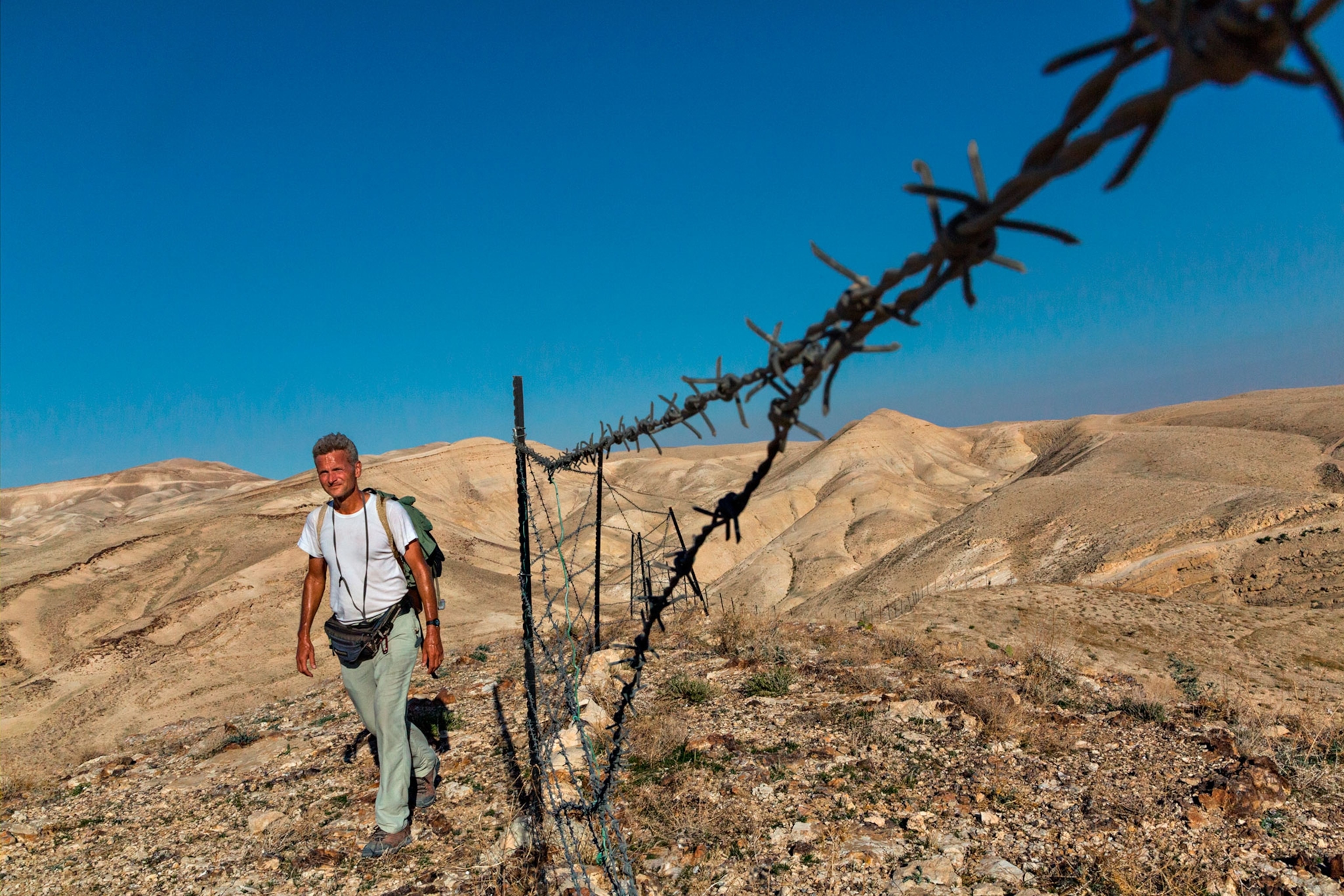
What I'm Learning From Walking 21,000 Miles Around the World
On National Walking Day, Paul Salopek reveals unexpected rewards of taking to your feet.
Aktau, Kazakhstan — I am walking across the world for the next six or seven years.
My intercontinental ramble, called the Out of Eden Walk, is a storytelling project that aims to retrace the footsteps of the first anatomically modern humans who migrated out of Africa back in the Stone Age. I am plodding toward Tierra del Fuego, the last cranny of the continents to be colonized by our species. Along the way I am writing stories and recording images of the people I meet. And one small perk of this 21,000-mile-long stroll is to offhandedly tell a café owner in, say, Central Asia, that I’ve just ambled in from Ethiopia.
After disbelief, astonishment, and hilarity comes the monotonous question: “Are you crazy?”
Absolutely not, of course. Because as we all know, especially today—National Walking Day—it’s sitting down that’s actually insane. We do way too much of it. It makes us sick and often unhappy. Just ask the American Heart Association. Scientists who have strapped GPS devices to the world’s last hunter-gatherers—the Hadza of Tanzania, for example—report that the typical male forager walks about seven miles a day. (Americans walk about a third of this distance.) A Hadza’s daily meander is a biological benchmark: It’s what our 200,000-year-old bodies, supremely evolved walking machines, are designed for. Do the math. That’s more than 2,500 miles of trekking a year—or like walking annually from New York to Los Angeles. This is roughly the distance I’m covering year-to-year. It’s “normal.”
Naturally, since setting out from the Horn of Africa in 2013, walking has made my legs and heart stronger. But more important, it’s limbered up my mind. Spanning nations, continents, and time zones on foot—day after day, month after month—has altered the way I experience life on the planet.
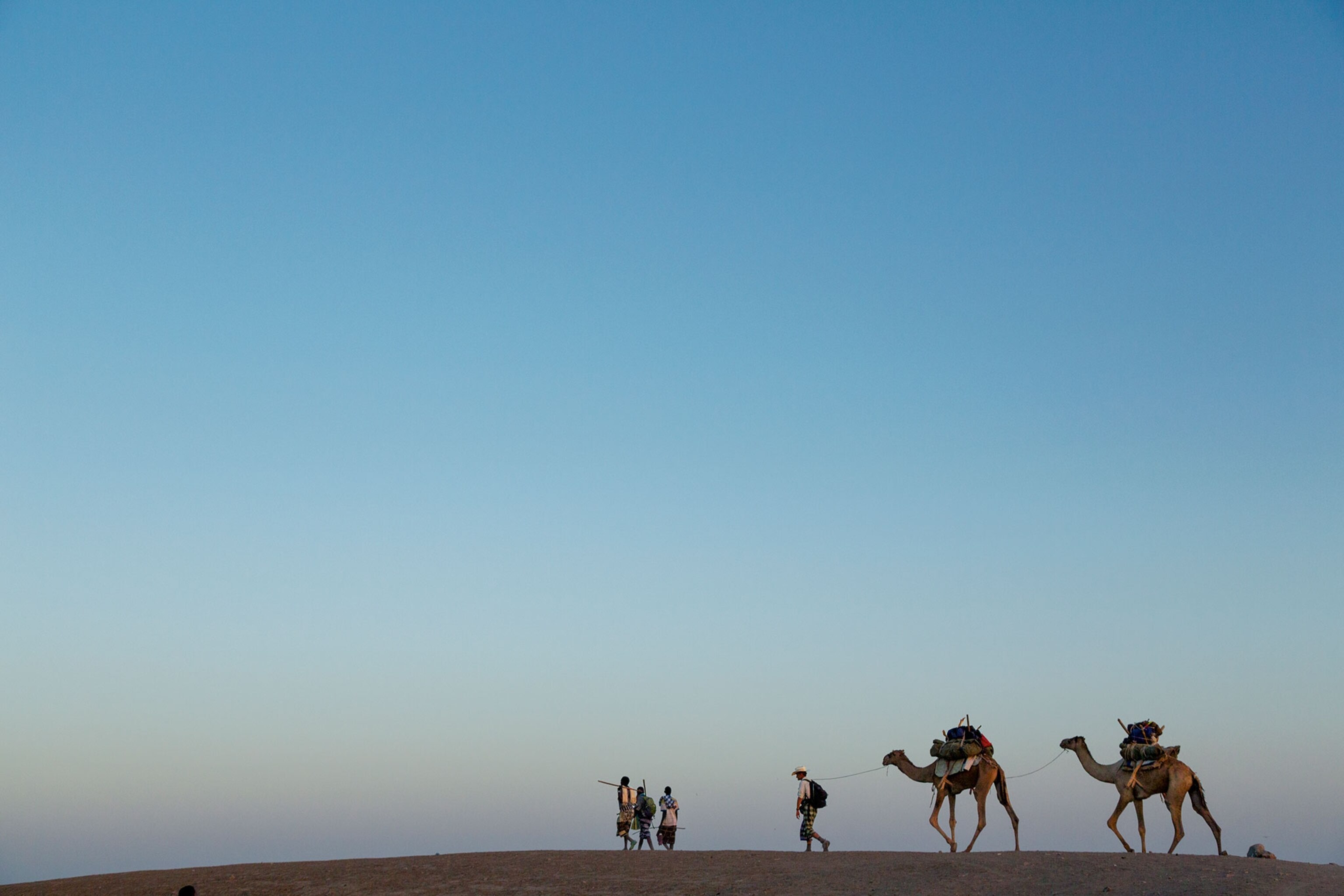
I’ve learned quickly, for instance, that the poorest parts of the globe are the most congenial to foot travel. In Ethiopia, where few people own cars, everybody walks. Even the smallest child could guide me through complex landscapes still netted by human trails. In more affluent and motorized countries, by contrast, people lose connection not only with their environment but with the shape of the world itself. Cars annihilate time and distance. Locked inside bubbles of metal and glass, confined to narrow strips of asphalt, we become drugged with speed, spatially retarded. On foot in car-crazy Saudi Arabia, I discovered the pointlessness of asking directions.
Unexpected Rewards
Walking across the Earth, I have relearned the old ceremony of departures and arrivals. (Making and striking campsites, packing and unpacking rucksacks, an antique and comforting ritual.) I have absorbed landscapes through my taste buds, by gleaning farmers’ harvests. And I have reconnected with fellow human beings in ways I could never conceive as a reporter crisscrossing maps by jet and car. Out walking, I constantly meet people. I cannot ignore them or drive by them. I greet them. I chat with strangers five, ten, twenty times a day. I am engaged in a meandering, three-mile-an-hour conversation that spans two hemispheres. In this way walking builds a home everywhere.
Out walking, I constantly meet people. I greet them. I chat with strangers. In this way walking builds a home everywhere.Paul Salopek, Out of Eden Walk
More than three years ago, while researching this long and very slow journey, I visited the remote Kenyan camp of the famed paleoanthropologist Meave Leakey. I recall setting out one morning for a nearby village.
“Is it within walking distance?” I stupidly asked Leakey.
She stared at me, astonished. “Everything is,” she replied.
Laughing, I stepped into the desert. Already, walking had begun delivering to me the world.
Editor’s Note: Today is National Walking Day across the United States! Celebrate with Paul in the spirit of the Out of Eden Walk—wherever you are—by taking 30 minutes out of your day to go for a stroll. While on your walk, take a photo of an interesting detail you spot. Then share it on Twitter or Instagram using the #EdenWalk hashtag for a chance to be featured in the National Geographic #EdenWalk Walking Day Timeline.
Pulitzer Prize-winning journalist and National Geographic Fellow Paul Salopek began his odyssey in Ethiopia. After waiting out the Central Asian winter, he is now poised to start walking from the Caspian Sea toward China along the ancient Silk Road. He is posting dispatches from the trail every few days here. Follow the Out of Eden Walk on Twitter and Instagram for daily updates.



